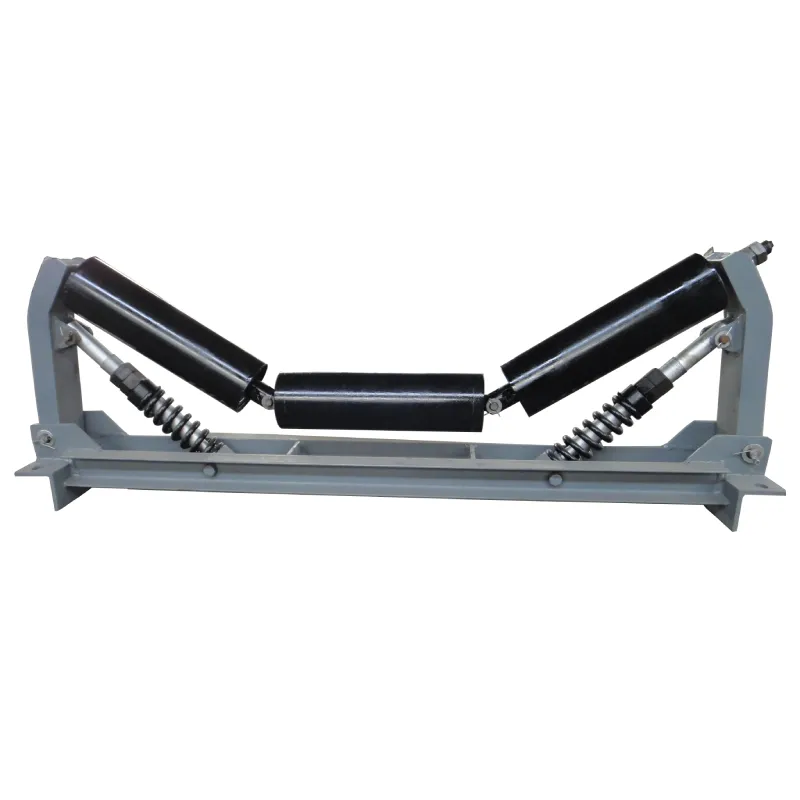 Afrikaans
Afrikaans  Albanian
Albanian  Amharic
Amharic  Arabic
Arabic  Armenian
Armenian  Azerbaijani
Azerbaijani  Basque
Basque  Belarusian
Belarusian  Bengali
Bengali  Bosnian
Bosnian  Bulgarian
Bulgarian  Catalan
Catalan  Cebuano
Cebuano  Corsican
Corsican  Croatian
Croatian  Czech
Czech  Danish
Danish  Dutch
Dutch  English
English  Esperanto
Esperanto  Estonian
Estonian  Finnish
Finnish  French
French  Frisian
Frisian  Galician
Galician  Georgian
Georgian  German
German  Greek
Greek  Gujarati
Gujarati  Haitian Creole
Haitian Creole  hausa
hausa  hawaiian
hawaiian  Hebrew
Hebrew  Hindi
Hindi  Miao
Miao  Hungarian
Hungarian  Icelandic
Icelandic  igbo
igbo  Indonesian
Indonesian  irish
irish  Italian
Italian  Japanese
Japanese  Javanese
Javanese  Kannada
Kannada  kazakh
kazakh  Khmer
Khmer  Rwandese
Rwandese  Korean
Korean  Kurdish
Kurdish  Kyrgyz
Kyrgyz  Lao
Lao  Latin
Latin  Latvian
Latvian  Lithuanian
Lithuanian  Luxembourgish
Luxembourgish  Macedonian
Macedonian  Malgashi
Malgashi  Malay
Malay  Malayalam
Malayalam  Maltese
Maltese  Maori
Maori  Marathi
Marathi  Mongolian
Mongolian  Myanmar
Myanmar  Nepali
Nepali  Norwegian
Norwegian  Norwegian
Norwegian  Occitan
Occitan  Pashto
Pashto  Persian
Persian  Polish
Polish  Portuguese
Portuguese  Punjabi
Punjabi  Romanian
Romanian  Russian
Russian  Samoan
Samoan  Scottish Gaelic
Scottish Gaelic  Serbian
Serbian  Sesotho
Sesotho  Shona
Shona  Sindhi
Sindhi  Sinhala
Sinhala  Slovak
Slovak  Slovenian
Slovenian  Somali
Somali  Spanish
Spanish  Sundanese
Sundanese  Swahili
Swahili  Swedish
Swedish  Tagalog
Tagalog  Tajik
Tajik  Tamil
Tamil  Tatar
Tatar  Telugu
Telugu  Thai
Thai  Turkish
Turkish  Turkmen
Turkmen  Ukrainian
Ukrainian  Urdu
Urdu  Uighur
Uighur  Uzbek
Uzbek  Vietnamese
Vietnamese  Welsh
Welsh  Bantu
Bantu  Yiddish
Yiddish  Yoruba
Yoruba  Zulu
Zulu Efficient Methods for Conveyor Assembly in Industrial Manufacturing Processes
The Importance of Conveyor Assembly in Modern Manufacturing
In today's rapidly evolving manufacturing landscape, efficiency and productivity are paramount. One of the key components that has revolutionized the production process is conveyor assembly. This method, which utilizes conveyor belts and systems to streamline the movement of goods, has become integral to various industries, from automotive to electronics.
Conveyor assembly systems consist of a series of interconnected conveyor belts, which transport materials and components through different stages of production. This automation not only accelerates the manufacturing process but also enhances accuracy. By minimizing human intervention in the movement of parts, conveyor systems reduce the risk of errors and improve overall quality control.
One of the critical advantages of conveyor assembly is its ability to optimize workflow. In traditional assembly lines, workers often face bottlenecks when manually transporting parts from one station to another. Conveyor systems eliminate these inefficiencies by continuously moving materials, ensuring that each workstation operates smoothly and seamlessly. This is particularly beneficial in high-volume production environments where time is of the essence.
Moreover, conveyor assembly systems are highly versatile. They can be customized to accommodate various products and production needs. For instance, manufacturers can design conveyor lines to handle different sizes and weights, allowing them to adapt to changing product lines without significant downtime. This flexibility is a crucial factor in remaining competitive in today’s market, where consumer preferences can shift rapidly.
conveyor assembly

In addition to enhancing productivity, conveyor assembly contributes to a safer working environment. By automating the transport of heavy and bulky items, the risk of workplace injuries is significantly reduced. Workers can focus on more complex tasks that require human skill and decision-making while leaving repetitive and strenuous tasks to the conveyor system. This shift not only helps in protecting employees but also increases job satisfaction as workers engage in more meaningful activities.
Another noteworthy aspect of conveyor assembly is its contribution to sustainability. Modern conveyor systems are designed with energy efficiency in mind. Many of these systems utilize advanced technologies such as variable frequency drives to minimize energy consumption. Additionally, by maximizing production efficiency, teams can reduce waste and the overall environmental impact of their operations.
Implementation challenges do exist, as integrating conveyor systems into existing production lines can require significant investment and adaptations. However, the long-term benefits often outweigh these initial difficulties. Companies that invest in conveyor assembly technology typically see a return on investment through heightened productivity, reduced labor costs, and improved product quality.
As we look to the future, the role of conveyor assembly in manufacturing is likely to expand further. Innovations such as smart conveyors with IoT (Internet of Things) capabilities will enable real-time monitoring and data analytics, propelling efficiency to new heights. This data-driven approach will allow manufacturers to anticipate maintenance needs, improving system reliability and minimizing unplanned downtime.
In conclusion, conveyor assembly is an essential element of modern manufacturing that enhances efficiency, safety, flexibility, and sustainability. As industries continue to evolve, those who embrace this technology will undoubtedly gain a competitive edge in the market. Investing in conveyor assembly systems not only streamlines operations but also positions businesses for greater success in an increasingly dynamic marketplace.
-
Revolutionizing Conveyor Reliability with Advanced Rubber Lagging PulleysNewsJul.22,2025
-
Powering Precision and Durability with Expert Manufacturers of Conveyor ComponentsNewsJul.22,2025
-
Optimizing Conveyor Systems with Advanced Conveyor AccessoriesNewsJul.22,2025
-
Maximize Conveyor Efficiency with Quality Conveyor Idler PulleysNewsJul.22,2025
-
Future-Proof Your Conveyor System with High-Performance Polyurethane RollerNewsJul.22,2025
-
Driving Efficiency Forward with Quality Idlers and RollersNewsJul.22,2025





























